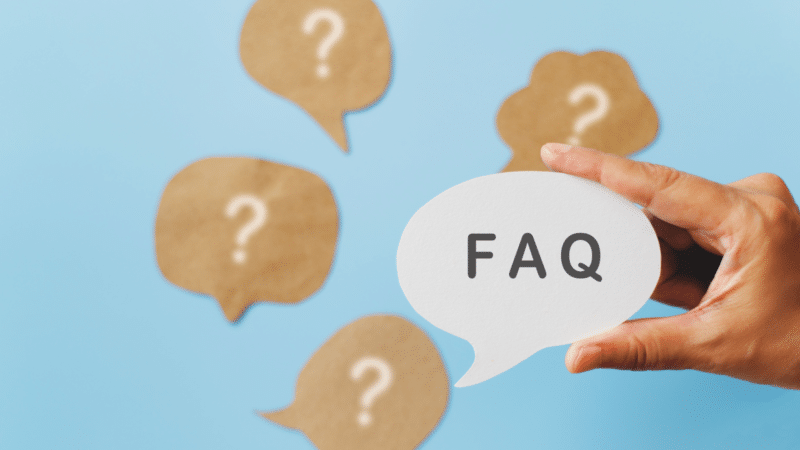More posts by this contributor
Throughout my various stints as a CIO, I’ve had a number of opportunities to assist sales teams as they worked to land or close significant deals. But even more frequently, I was brought in to help with discovery — essentially determining whether a prospective customer was a good fit for our product.
In my experience, the sales teams that are most successful have a complete and well-established discovery playbook that allows them to determine whether or not a potential customer is the right customer for the organization to have at its current stage.
For fledgling startups, this is especially critical. New technologies are inherently fluid, and they require customers willing to make a long-term bet. Startups also have to move quickly and efficiently. The discovery process can’t be long and protracted, so its foundations must be sound.
Whether you’re pursuing customer number five, 50, or 500, the process of determining if there’s a fit remains largely the same. Here are some tips for approaching discovery in the early days and as your organization scales.
Start with key questions to determine fit
Determining whether or not your solution or technology is right for a prospective customer is critical. But it’s just as important to know whether or not that customer is a good fit for you. Questions to ask yourself might include:
Whether you’re pursuing customer number five, 50, or 500, the process of determining if there’s a fit remains largely the same.











